Executive Summary: Managing working capital efficiently is critical to maintaining liquidity, especially during periods of economic uncertainty. One of the most impactful levers in working capital management is inventory. This white paper explores how Lean tools such as SMED (Single-Minute Exchange of Dies), Kaizen, and Kanban can be strategically applied to reduce inventory levels, improve cash flow, and enhance overall operational efficiency.
- Introduction: The Role of Working Capital in Business Resilience Working capital is a key indicator of a company’s operational efficiency and short-term financial health. High levels of inventory can tie up significant capital, reducing agility and limiting a company’s ability to respond to market shifts. Lean methodologies offer actionable pathways to unlock this capital by reducing waste, streamlining operations, and improving supply chain responsiveness.
- Understanding Lean Tools and Their Impact on Inventory
2.1 SMED (Single-Minute Exchange of Dies) SMED focuses on reducing changeover time in manufacturing processes. By minimizing the downtime associated with switching from one product to another, companies can produce in smaller batches, leading to lower inventory levels. Benefits include:
- Increased production flexibility
- Reduced need for safety stock
- Enhanced responsiveness to customer demand
2.2 Kaizen (Continuous Improvement) Kaizen emphasizes incremental, continuous improvements involving employees at all levels. Applied to inventory management, Kaizen fosters:
- Ongoing identification of excess inventory
- Improvements in demand forecasting
- Process standardization that supports JIT (Just-In-Time) principles
2.3 Kanban (Visual Workflow Management) Kanban systems help control the logistical chain by signaling replenishment needs only when necessary. Key impacts include:
- Prevention of overproduction
- Alignment of production with real-time demand
- Reduced holding costs
- Strategic Implementation of Lean Tools for Working Capital Optimization
Step 1: Assess Current Inventory Practices Conduct a comprehensive audit of inventory, categorizing items by turnover rate, value, and criticality.
Step 2: Map Current Processes Use value stream mapping to identify bottlenecks, inefficiencies, and opportunities for Lean intervention.
Step 3: Apply Lean Tools
- Use SMED to reduce changeover times and enable smaller batch sizes.
- Implement Kaizen events to drive grassroots process improvement.
- Deploy Kanban systems to automate and regulate inventory flow.
Step 4: Monitor and Sustain Improvements Establish key performance indicators (KPIs) to track progress. Train teams continuously to maintain momentum.
- Case Study: GKW Business Solutions in Action A mid-sized electronics manufacturer partnered with GKW Business Solutions to reduce inventory levels. Using SMED, Kaizen, and Kanban:
- Changeover times were reduced by 92% (From 8 Hours to 35 Mins)
- Delivery performance improved to 100%
- First Time Yield: 98%
- Lead time reduced to 9 days
- Lead times improved by 30%
- Inventory dropped by 25% ($600K)
- Inventory turns increased to 13
- EBITDA increased by 38%
This enabled the client to unlock over $1 million in working capital within 12 months.
- Conclusion: Lean as a Financial and Operational Strategy Reducing inventory through Lean tools is not merely an operational enhancement—it is a strategic approach to freeing up capital, improving customer satisfaction, and increasing organizational agility. In today’s volatile markets, this approach can be a cornerstone of sustainable financial health.
Contact GKW Business Solutions to learn how we can help you unlock working capital through Lean excellence.



Your Comment
Leave a Reply Now